Home>Gardening & Outdoor>Landscaping Ideas>How To Separate Mulch From Grass
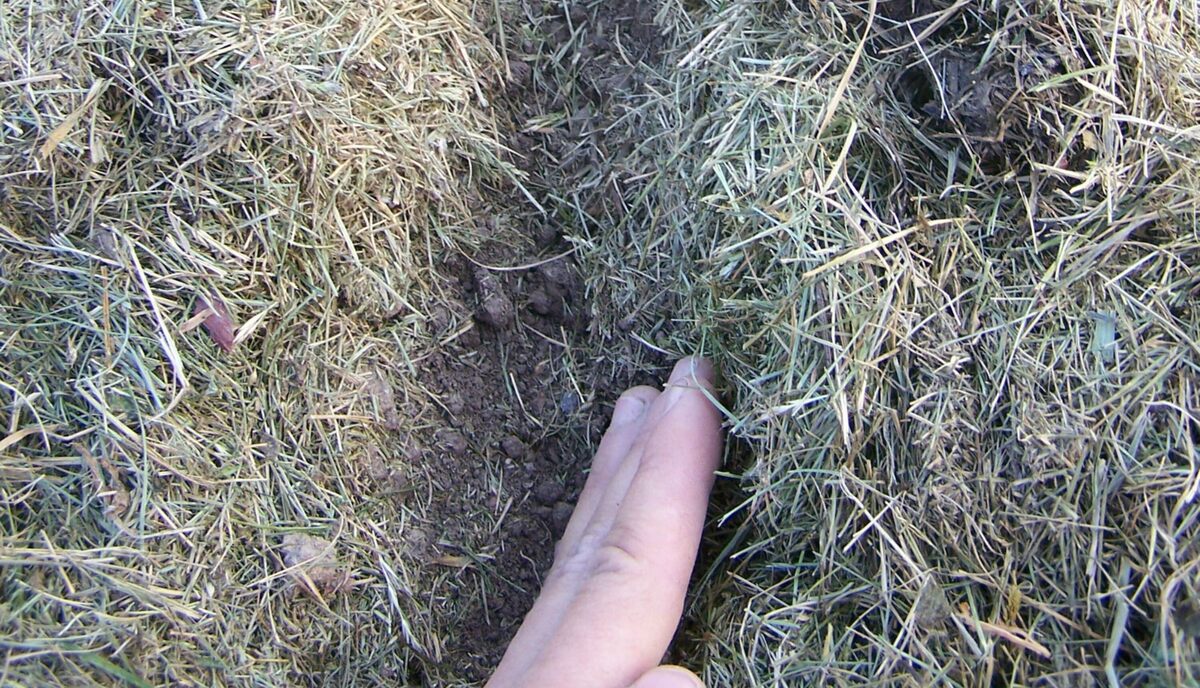

Landscaping Ideas
How To Separate Mulch From Grass
Modified: February 29, 2024
Learn effective landscaping ideas for separating mulch from grass. Discover practical tips for maintaining a clean and tidy outdoor space. Explore expert advice and techniques.
(Many of the links in this article redirect to a specific reviewed product. Your purchase of these products through affiliate links helps to generate commission for Storables.com, at no extra cost. Learn more)
Introduction
When it comes to maintaining a well-groomed garden or landscape, mulch is a valuable ally. It helps to retain moisture, suppress weed growth, and enhance the overall aesthetic appeal of the outdoor space. However, over time, grass and other debris can become intertwined with the mulch, detracting from its effectiveness and visual appeal. Separating mulch from grass can seem like a daunting task, but with the right tools and techniques, it can be a manageable and rewarding endeavor.
In this comprehensive guide, we will explore the step-by-step process of separating mulch from grass, providing practical insights and tips to streamline the task. Whether you're a seasoned gardener or a novice enthusiast, mastering the art of mulch maintenance is essential for preserving the health and beauty of your landscape.
By following the methods outlined in this article, you will not only rejuvenate the appearance of your mulched areas but also ensure that the mulch continues to serve its intended purposes effectively. From utilizing basic hand tools to employing specialized equipment, we will cover a range of approaches to suit different preferences and requirements.
So, roll up your sleeves, gather your tools, and get ready to reclaim the pristine allure of your mulched garden beds. With a bit of effort and the right know-how, you can bid farewell to the entangled mess of mulch and grass, and welcome back the clean, well-defined borders that showcase the beauty of your landscaping efforts. Let's dive into the methods and techniques that will empower you to separate mulch from grass with confidence and efficiency.
Key Takeaways:
- Separating mulch from grass requires tools like a rake, leaf blower, and mulch separator. These tools help to remove grass and debris, keeping the garden beds clean and healthy.
- By raking, using a leaf blower, handpicking, and using a mulch separator, you can restore the beauty of your garden beds. This process also promotes plant growth and weed suppression.
Tools and Equipment Needed
Separating mulch from grass requires the right tools and equipment to streamline the process and ensure effective results. Here's a comprehensive list of items you'll need to tackle this task:
-
Rake: A sturdy rake is an essential tool for loosening and agitating the mulch, allowing the grass and debris to rise to the surface for easier removal.
-
Leaf Blower: A high-powered leaf blower can be incredibly useful for dislodging grass and debris from the mulch. It provides a quick and efficient way to separate the two elements, especially in larger garden areas.
-
Gloves: Durable gardening gloves are a must-have for handpicking grass and debris from the mulch. They protect your hands from potential hazards and make the process more comfortable.
-
Mulch Separator: This specialized tool is designed specifically for separating mulch from grass. It efficiently sifts through the mulch, allowing the grass and debris to be easily removed while preserving the integrity of the mulch.
-
Wheelbarrow or Garden Cart: Having a wheelbarrow or garden cart on hand makes it convenient to transport the separated grass and debris to a compost pile or disposal area.
-
Tarp or Large Sheet: Placing a tarp or large sheet nearby provides a designated space to collect the separated grass and debris, preventing them from scattering and simplifying the cleanup process.
-
Pruning Shears: In cases where grass has become deeply embedded in the mulch, pruning shears can be handy for carefully snipping and removing the entangled vegetation.
-
Mulch: If the existing mulch has become excessively contaminated with grass and debris, you may consider having a fresh supply of mulch on standby to replenish the areas after separation.
By ensuring that you have these tools and equipment at your disposal, you'll be well-equipped to embark on the process of separating mulch from grass with confidence and efficiency. Each item plays a crucial role in facilitating the various steps involved, from agitation and separation to collection and cleanup. With the right tools in hand, you'll be ready to restore the pristine allure of your mulched garden beds and maintain the overall health and beauty of your landscape.
Step 1: Rake the Mulch
Raking the mulch is the initial step in the process of separating it from the entangled grass and debris. This fundamental technique serves to agitate the mulch, loosening its layers and allowing the grass to rise to the surface for easier removal. To begin, select a sturdy rake with sharp tines that can effectively penetrate the mulch without causing damage to the underlying soil or plants.
Start by gently raking the surface of the mulch, working in a methodical manner to ensure thorough coverage. The goal is to disturb the top layer of the mulch, prompting any embedded grass and debris to dislodge and become more accessible. As you rake, pay attention to areas where the mulch appears matted or compacted, as these are likely hotspots for entangled vegetation.
It's important to approach this step with a balance of gentleness and thoroughness. Avoid overly aggressive raking, as this can disrupt the mulch layer and potentially harm the plants beneath. Instead, focus on creating a consistent agitation across the entire mulched area, allowing the grass and debris to gradually separate from the mulch's surface.
As you progress, periodically pause to inspect the raked mulch, identifying areas where grass and debris have surfaced. Use the rake to gather these unwanted elements, creating small piles that can be easily collected and removed in the subsequent steps. By systematically raking and gathering the exposed grass and debris, you'll pave the way for a more efficient and targeted separation process.
This methodical approach sets the stage for the subsequent steps in the mulch separation process, laying the groundwork for a more streamlined and effective removal of grass and debris. By investing time and attention in this foundational step, you'll set yourself up for success as you progress through the remaining stages of the separation process.
Raking the mulch not only facilitates the separation of grass and debris but also promotes aeration and rejuvenation of the mulched area. As the layers are gently agitated, the underlying soil receives improved airflow, and the mulch itself is revitalized, enhancing its ability to support plant growth and maintain moisture levels.
In essence, raking the mulch serves as the crucial starting point for reclaiming the pristine allure of your mulched garden beds. It sets the tone for the subsequent steps, laying the groundwork for a more efficient and effective separation process. With this foundational task completed, you're ready to advance to the next phase of the mulch separation journey.
Step 2: Use a Leaf Blower
Utilizing a leaf blower is a highly effective method for separating mulch from grass, especially in larger garden areas where manual removal may be time-consuming and labor-intensive. The powerful blast of air generated by a leaf blower serves to dislodge grass, leaves, and other debris from the mulch, facilitating their separation with remarkable efficiency.
To begin, select a high-powered leaf blower equipped with variable speed settings to suit different mulch densities and debris entanglements. Position yourself at the edge of the mulched area, ensuring that the blowing direction is directed away from any delicate plants or landscaping features. Start the leaf blower at a low speed to avoid displacing the mulch excessively, gradually increasing the intensity as needed to dislodge the entangled grass and debris.
As you maneuver the leaf blower across the mulched surface, pay close attention to areas where the mulch appears densely packed or where grass has visibly intertwined. Direct the airflow strategically, focusing on these trouble spots to effectively agitate and separate the mulch from the embedded vegetation. The force of the air will cause the grass and debris to rise to the surface, making it easier to collect and remove in the subsequent steps.
It's important to approach this process with precision and attentiveness, ensuring that the leaf blower's airflow is targeted and controlled. By methodically working through the entire mulched area, you'll be able to dislodge and expose the entangled elements, setting the stage for their efficient removal. Throughout this step, periodically pause to assess the effectiveness of the leaf blower's action, adjusting the speed and direction as needed to achieve optimal results.
The use of a leaf blower not only expedites the separation process but also minimizes physical strain and effort, particularly in larger garden spaces. Its ability to swiftly dislodge grass and debris from the mulch streamlines the overall task, making it a valuable tool in the mulch maintenance arsenal. By harnessing the power of air, you can significantly reduce the time and labor required to achieve a clean and well-separated mulched area.
In essence, incorporating a leaf blower into the mulch separation process represents a strategic and efficient approach to reclaiming the pristine allure of your garden beds. Its ability to swiftly dislodge grass and debris from the mulch streamlines the overall task, making it a valuable tool in the mulch maintenance arsenal. With this step completed, you're ready to proceed to the subsequent phases of the mulch separation journey.
Use a rake to gently comb through the mulch, pulling out any grass and roots. You can also use a pitchfork to lift and sift through the mulch to remove any grass.
Step 3: Handpick the Grass
Handpicking the grass is a meticulous yet essential step in the process of separating mulch from grass. While it may seem labor-intensive, this hands-on approach allows for precise removal of individual grass blades and debris, ensuring a thorough separation and restoring the visual appeal of the mulched area.
Equipped with durable gardening gloves, carefully inspect the raked and blown mulch surface, identifying any remaining grass and debris that have not been dislodged. Begin by systematically handpicking these elements, gently lifting and removing them from the mulch. Take care to pull out the grass from its base, ensuring that the entire plant, including the roots, is extracted to prevent regrowth.
As you handpick the grass, pay close attention to any intertwined roots or runners that may have spread within the mulch. By meticulously removing these interconnected elements, you prevent the resurgence of grass and maintain the integrity of the mulched area. Additionally, be on the lookout for any foreign debris, such as fallen leaves or twigs, and promptly remove them to achieve a clean and pristine mulch surface.
This methodical approach to handpicking ensures that no remnants of grass or debris are left behind, allowing the mulch to shine in its unadulterated form. While it may require patience and attention to detail, the process of handpicking contributes significantly to the overall rejuvenation of the mulched area, setting the stage for a visually appealing and well-maintained landscape.
By investing the time and effort to handpick the grass, you demonstrate a commitment to the meticulous care of your garden beds. This hands-on approach not only ensures the thorough separation of mulch from grass but also fosters a deeper connection with your outdoor space, allowing you to appreciate the nuances of its maintenance and upkeep.
As you complete this step, take a moment to admire the progress made in restoring the pristine allure of your mulched garden beds. The meticulous removal of grass and debris sets the stage for the final phase of the separation process, bringing you one step closer to achieving a beautifully maintained landscape that reflects your dedication and passion for gardening.
Read more: How To Separate Monkey Grass
Step 4: Use a Mulch Separator
Introducing a mulch separator into the process of separating mulch from grass marks a pivotal stage in achieving a thorough and efficient outcome. This specialized tool is designed to streamline the separation process, allowing for targeted removal of grass and debris while preserving the integrity of the mulch.
The mulch separator operates by sifting through the mulch, effectively isolating the entangled grass and debris for easy removal. Its design incorporates a series of screens or mesh that allow the mulch to pass through while capturing larger particles such as grass, leaves, and twigs. This innovative mechanism ensures that the mulch remains largely undisturbed, minimizing waste and preserving its functional and aesthetic qualities.
To utilize the mulch separator, begin by carefully positioning it over the mulched area, ensuring even coverage across the surface. With a gentle and consistent motion, agitate the mulch within the separator, allowing the embedded grass and debris to be captured by the screening mechanism. As the mulch moves through the separator, the unwanted elements are effectively separated, creating a distinct and clean division between the mulch and the removed vegetation.
As the separation process progresses, periodically inspect the captured debris within the mulch separator, removing it as needed to maintain optimal efficiency. This step-by-step approach ensures that the mulch is thoroughly cleansed of entangled grass and debris, setting the stage for its rejuvenation and revitalization.
The use of a mulch separator not only expedites the separation process but also minimizes waste and disruption to the mulched area. Its precision and effectiveness in isolating grass and debris contribute to a more streamlined and targeted removal, allowing the mulch to emerge unencumbered and ready for renewed application.
By incorporating a mulch separator into the separation process, you demonstrate a commitment to maintaining the quality and visual appeal of your garden beds. This specialized tool represents a valuable asset in the mulch maintenance toolkit, empowering you to achieve a thorough and efficient separation while preserving the integrity of the mulch.
As you complete this pivotal step, take a moment to appreciate the impact of the mulch separator in rejuvenating the appearance of your mulched garden beds. With the entangled grass and debris effectively removed, the mulch stands ready to reclaim its role as a vital and visually striking element within your meticulously maintained landscape.
Conclusion
In conclusion, the process of separating mulch from grass is a task that demands attention to detail, patience, and the right tools. By following the step-by-step methods outlined in this guide, you can effectively rejuvenate the appearance of your mulched garden beds and ensure that the mulch continues to serve its intended purposes with efficiency and visual appeal.
From the initial raking of the mulch to the meticulous handpicking of grass and the strategic use of a mulch separator, each step plays a crucial role in achieving a thorough and effective separation. The utilization of a leaf blower further expedites the process, especially in larger garden areas, while minimizing physical strain and effort.
As you invest time and effort into separating mulch from grass, it's important to recognize the broader impact of this maintenance task. Beyond the immediate visual enhancement, the rejuvenation of mulched areas contributes to the overall health and vitality of your landscape. By removing entangled grass and debris, you create an environment that is conducive to plant growth, moisture retention, and weed suppression, fostering a thriving outdoor space that reflects your dedication to its upkeep.
Furthermore, the hands-on approach to mulch maintenance fosters a deeper connection with your garden beds, allowing you to appreciate the nuances of their care and the transformative impact of your efforts. As you meticulously remove grass and debris, you demonstrate a commitment to the meticulous care of your outdoor space, nurturing its beauty and functionality with unwavering dedication.
Ultimately, the successful separation of mulch from grass not only restores the pristine allure of your garden beds but also underscores the importance of proactive landscape maintenance. By embracing the techniques and tools outlined in this guide, you empower yourself to preserve the visual appeal and functionality of your mulched areas, ensuring that they remain vibrant and inviting elements within your overall landscape design.
As you embark on the journey of mulch maintenance, remember that each step, from raking to handpicking and utilizing specialized equipment, contributes to the holistic care of your outdoor space. With a blend of patience, precision, and a touch of creativity, you can transform the task of separating mulch from grass into a rewarding and fulfilling endeavor, one that yields tangible results and reinforces your role as a steward of natural beauty and vitality.
Frequently Asked Questions about How To Separate Mulch From Grass
Was this page helpful?
At Storables.com, we guarantee accurate and reliable information. Our content, validated by Expert Board Contributors, is crafted following stringent Editorial Policies. We're committed to providing you with well-researched, expert-backed insights for all your informational needs.
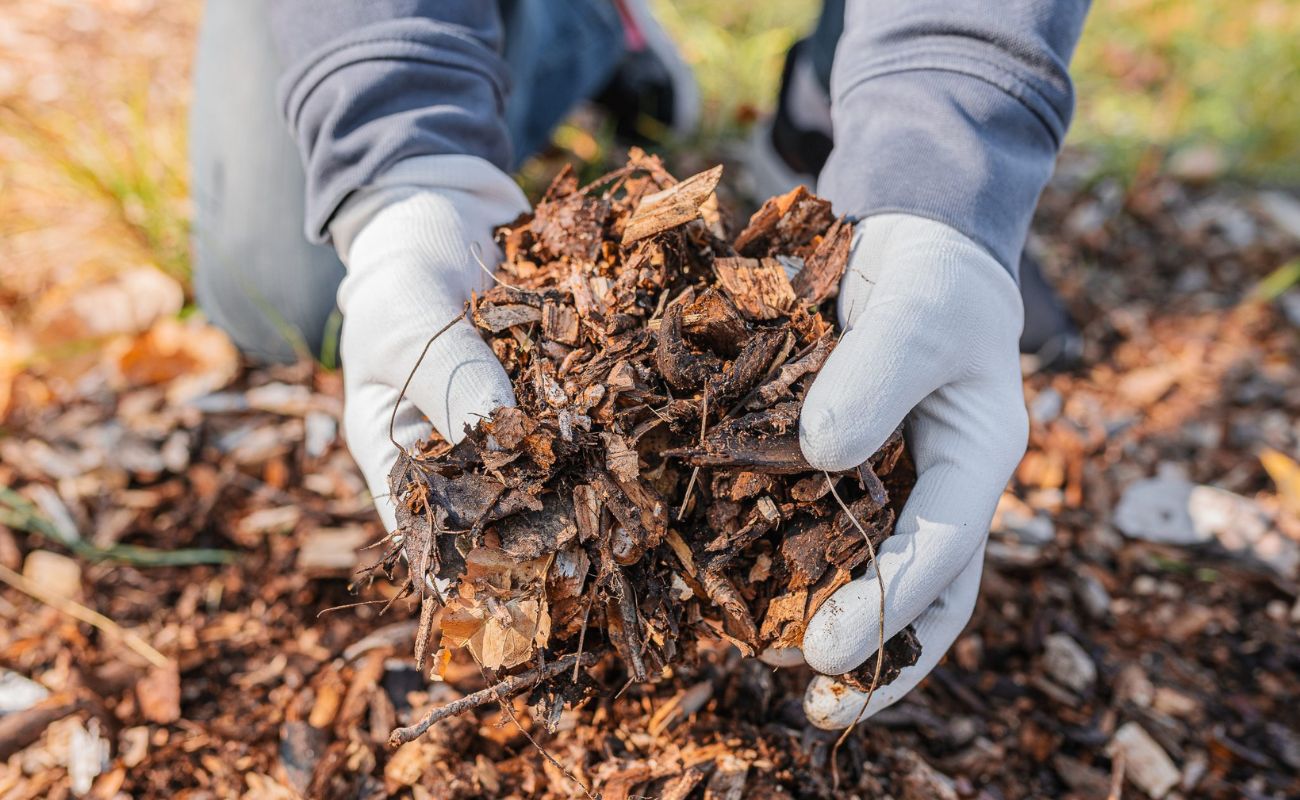
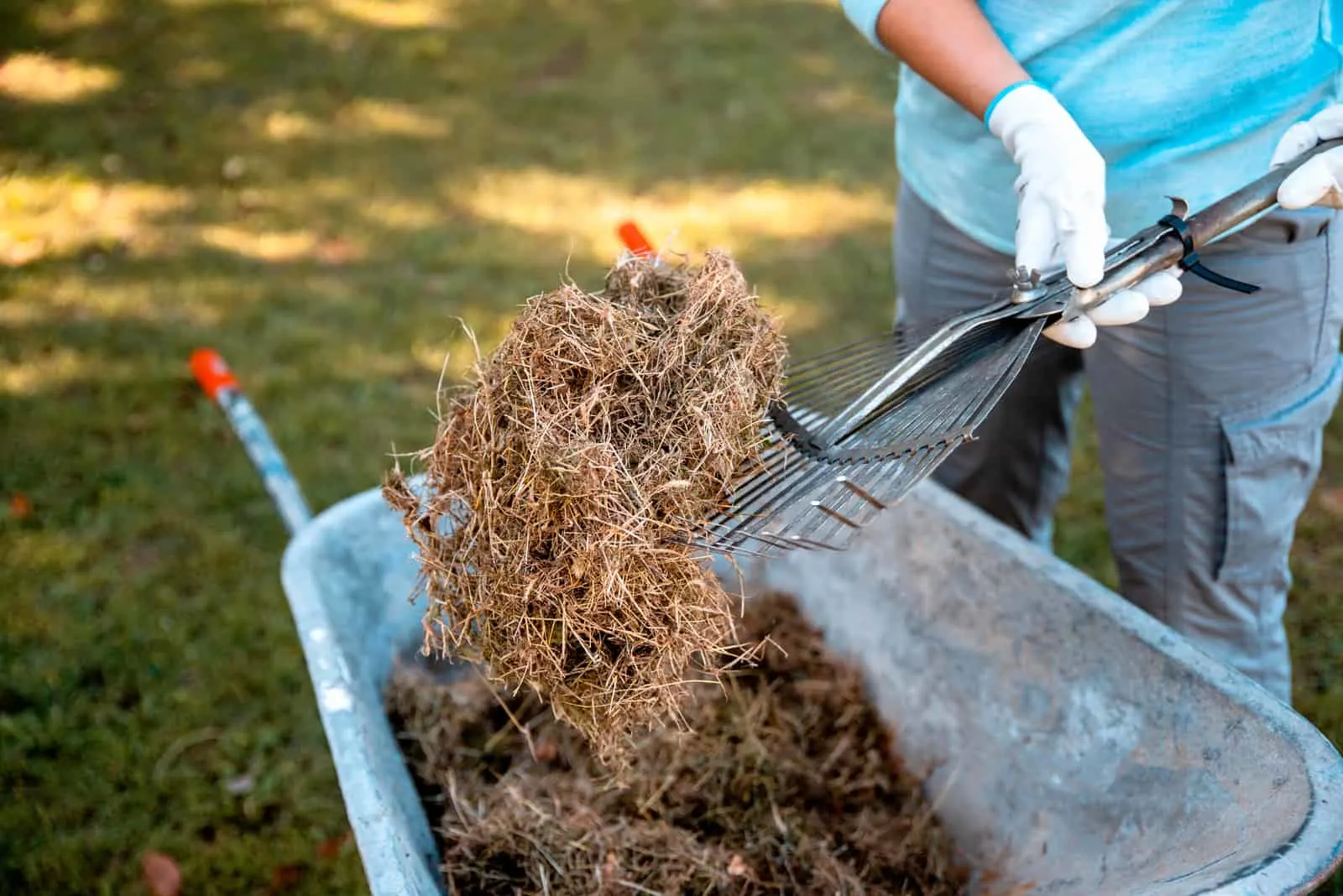
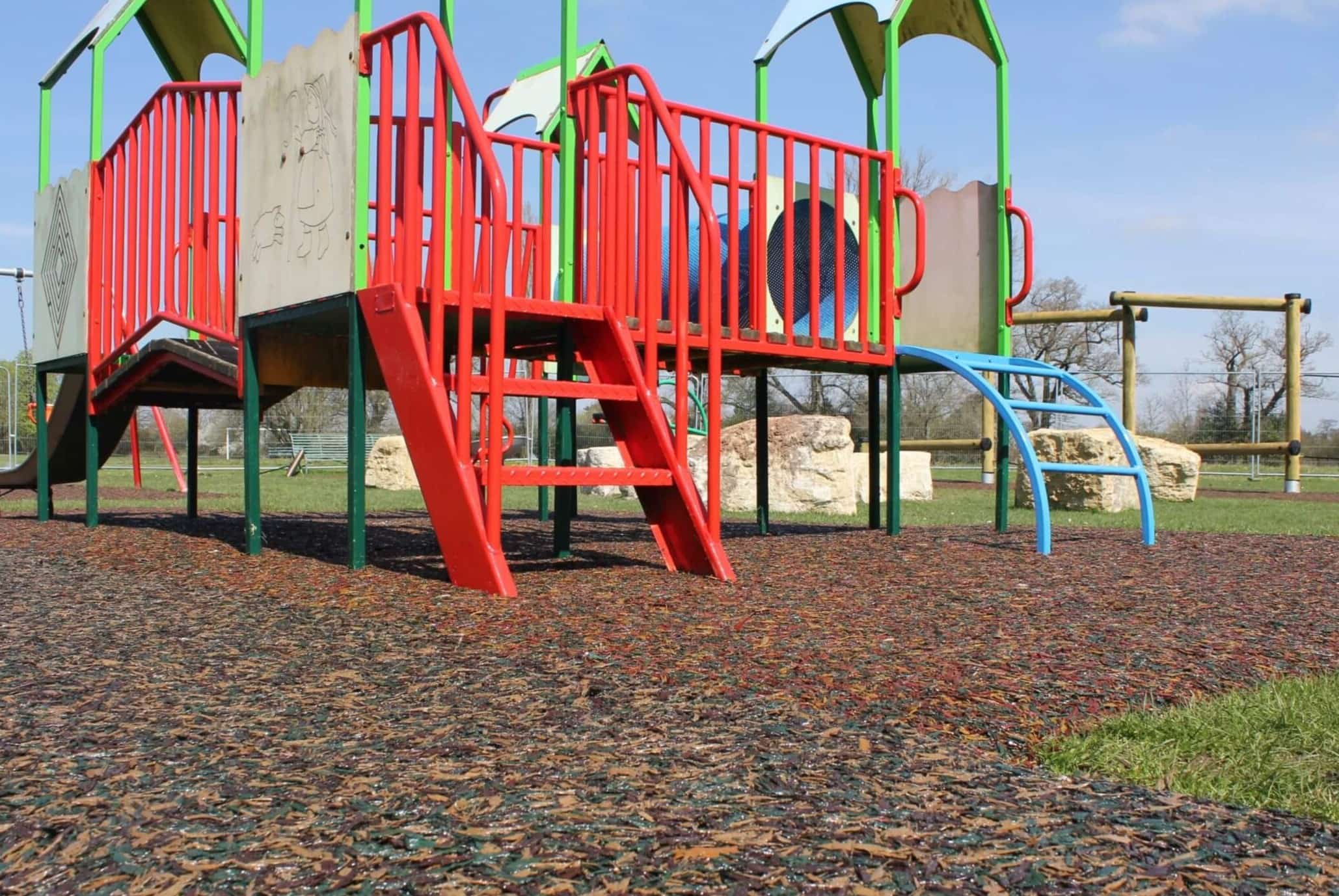
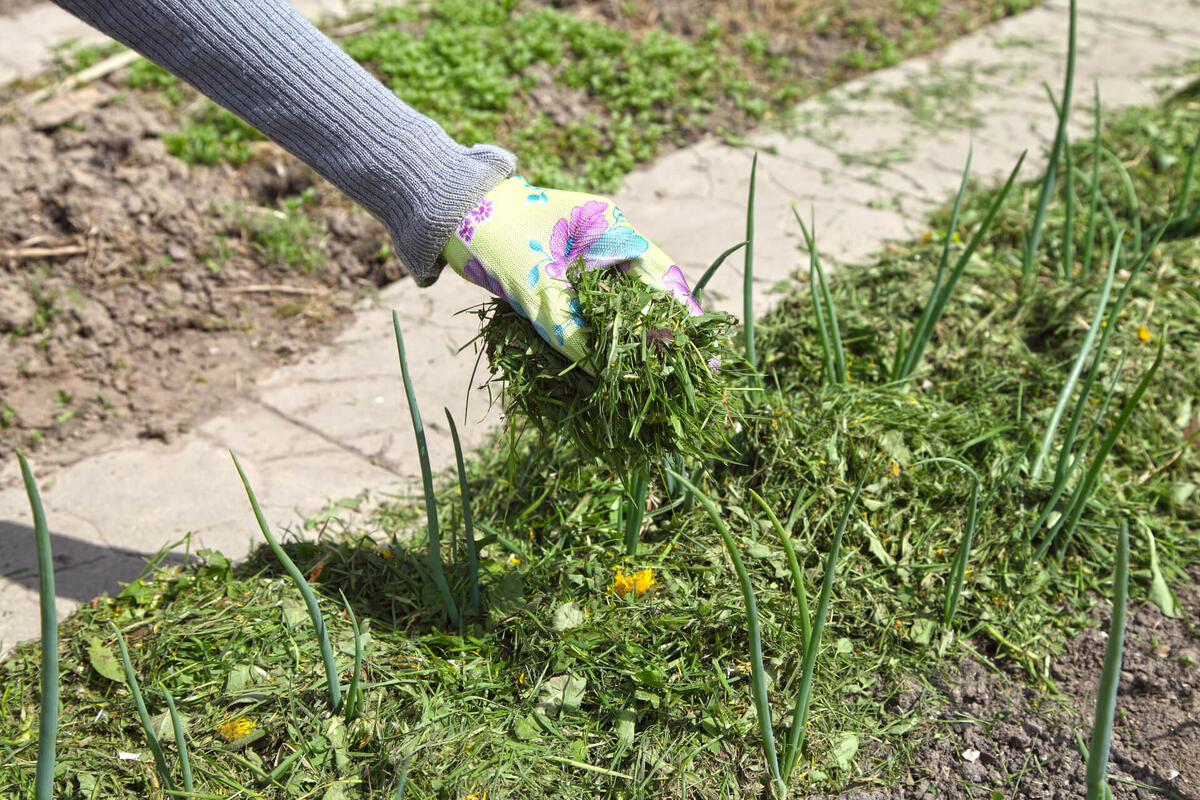
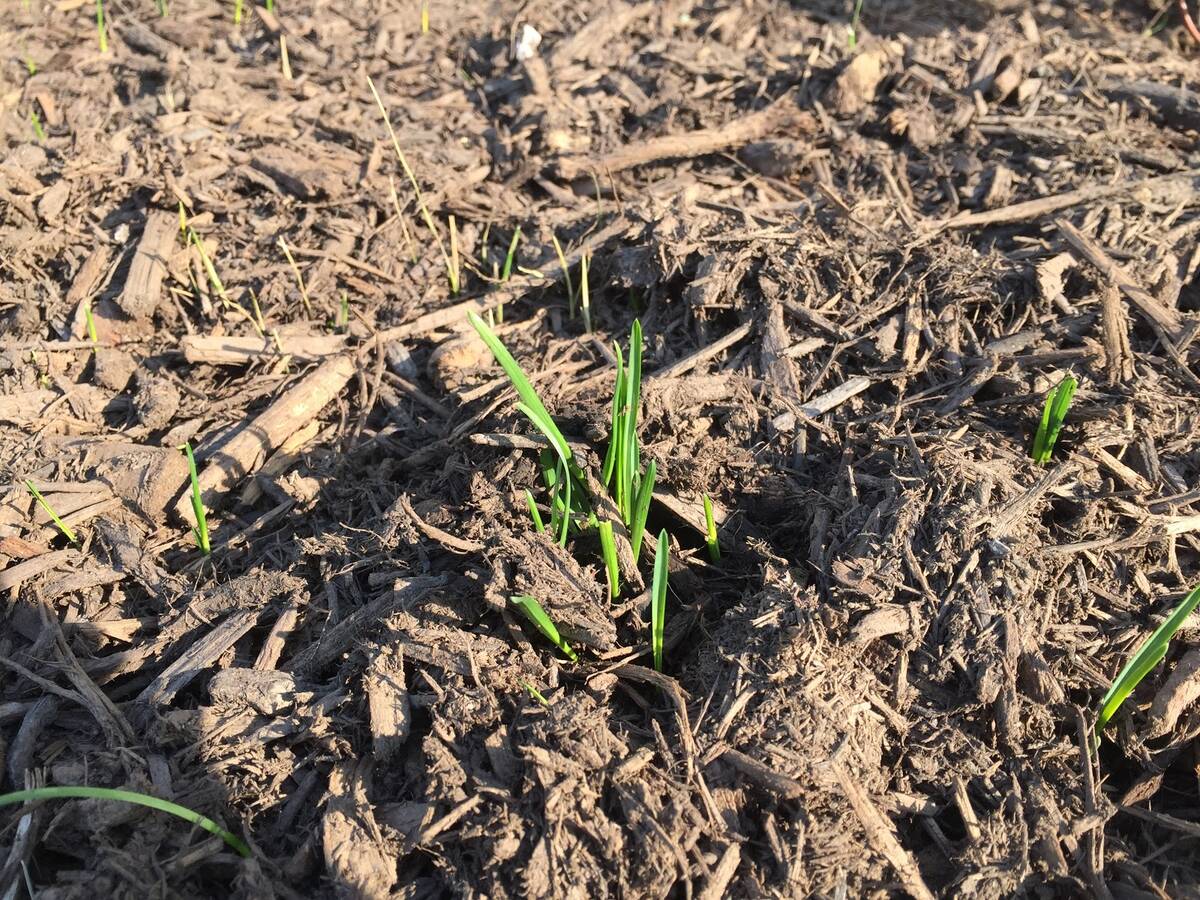
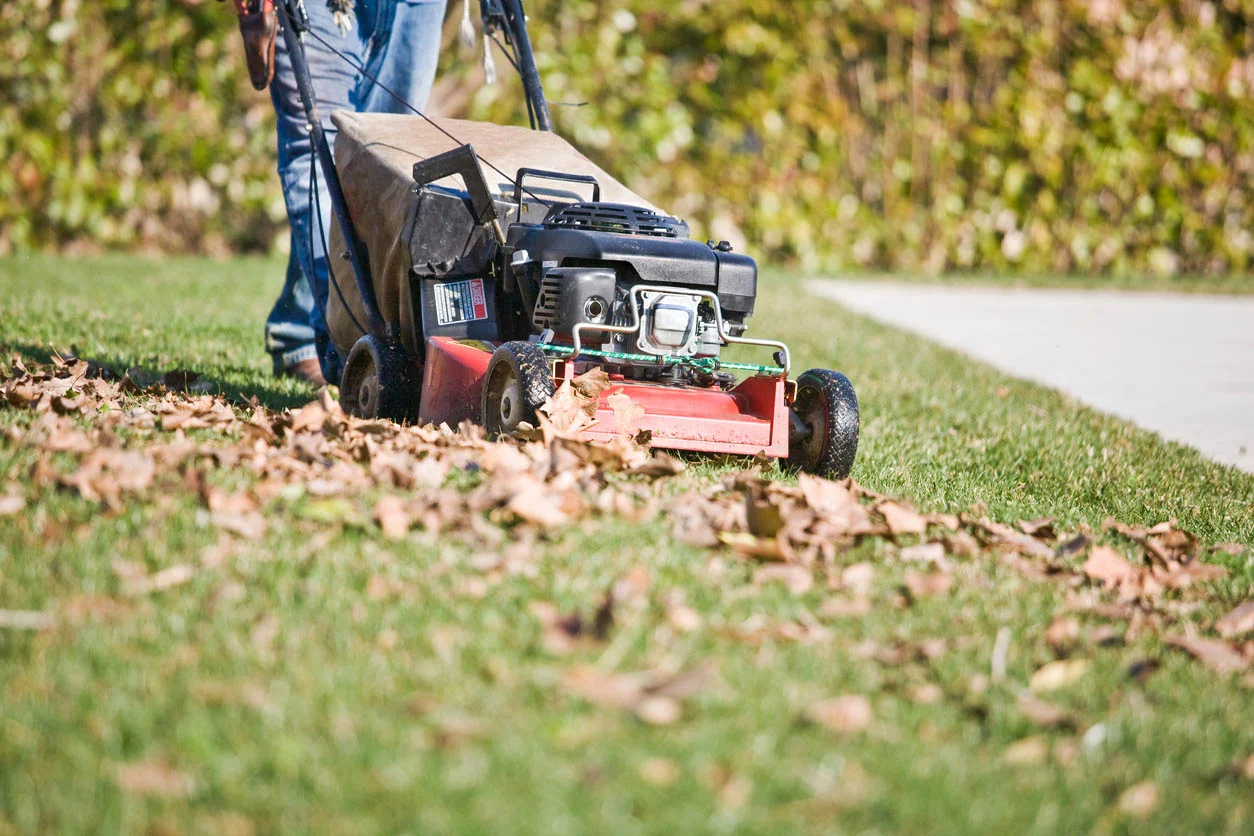
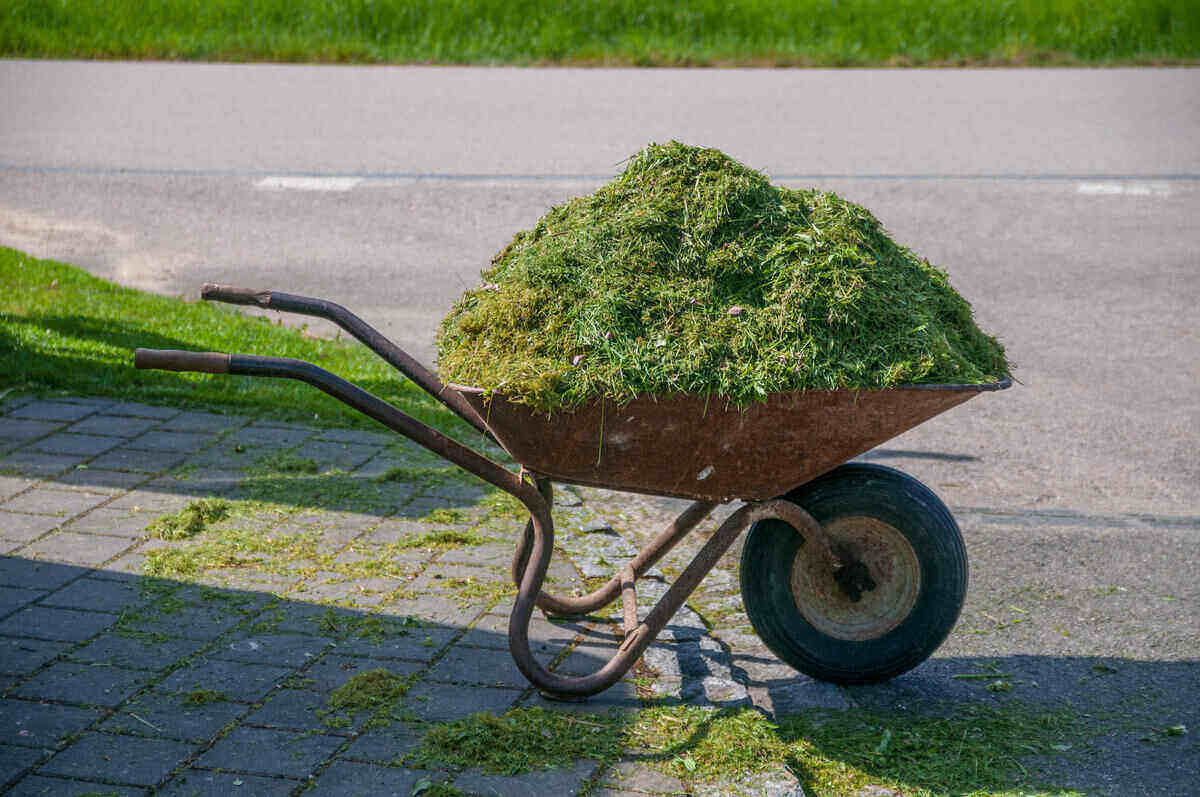
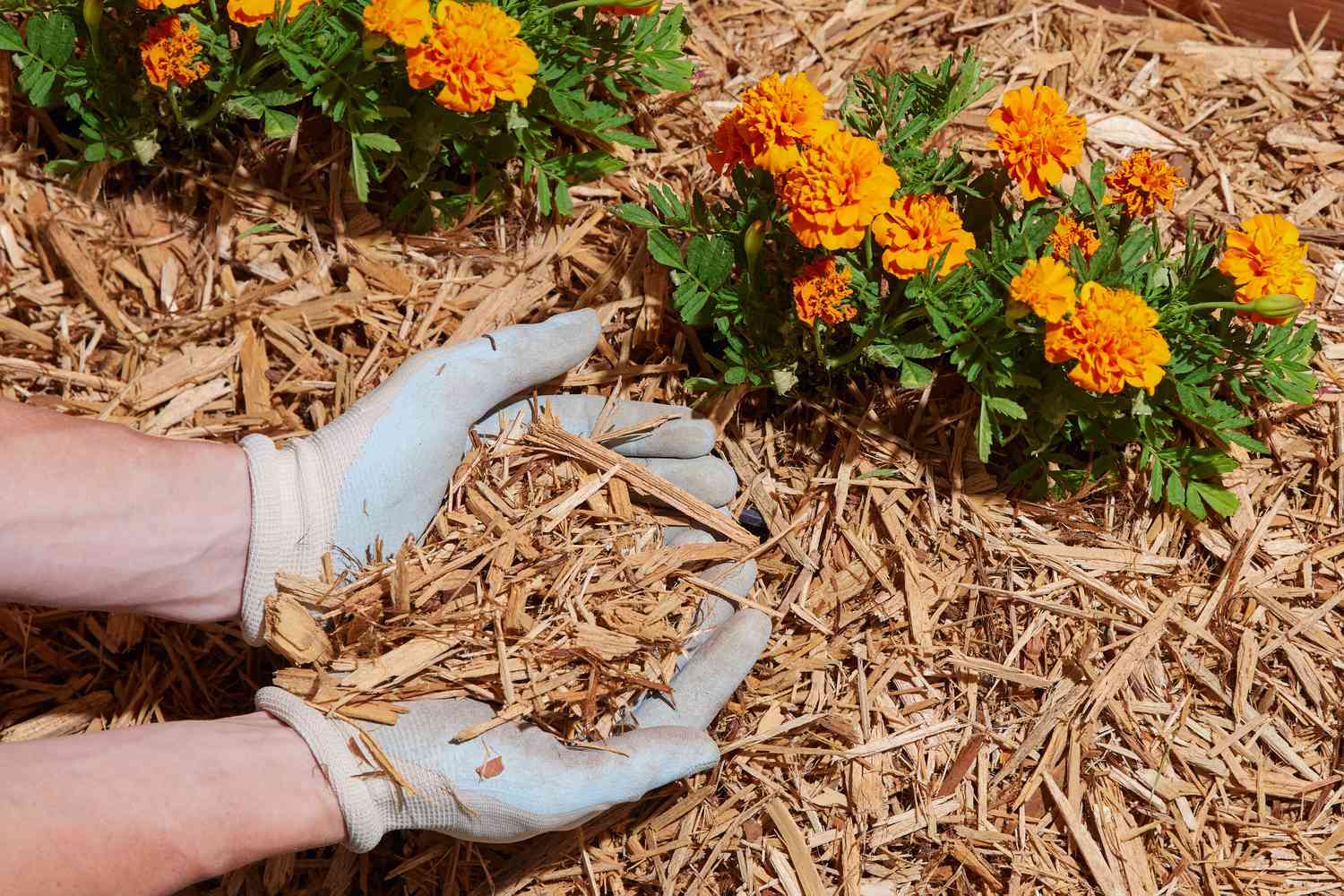
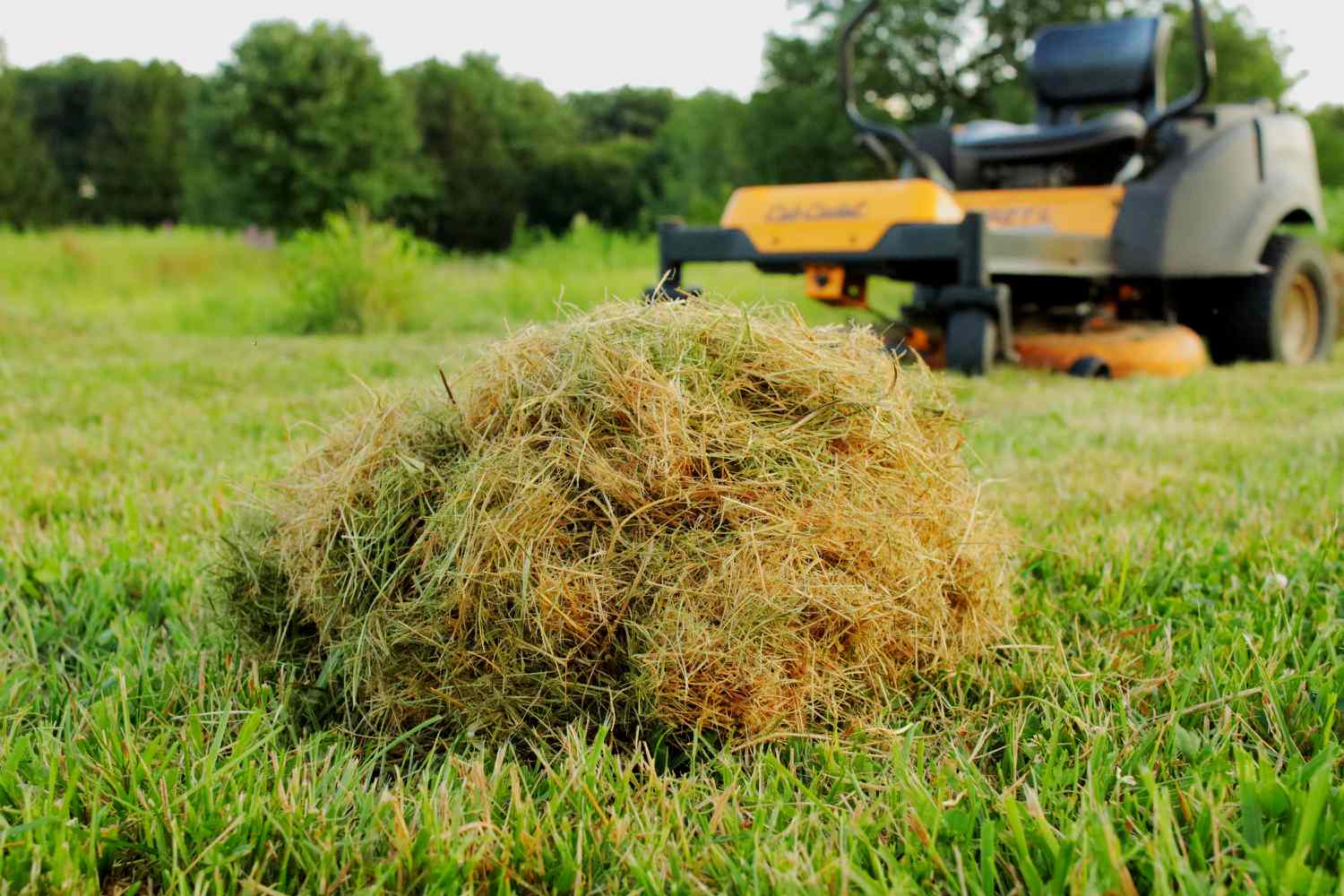
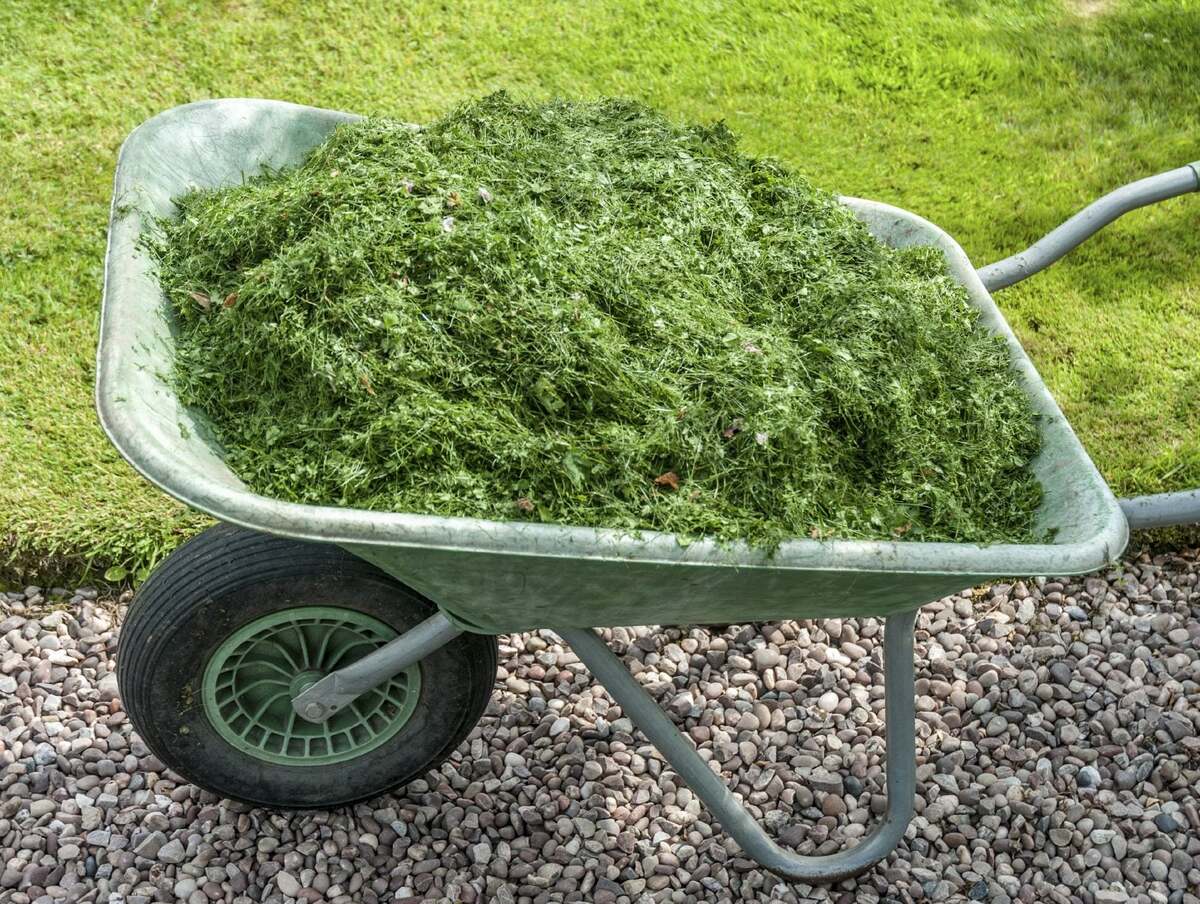
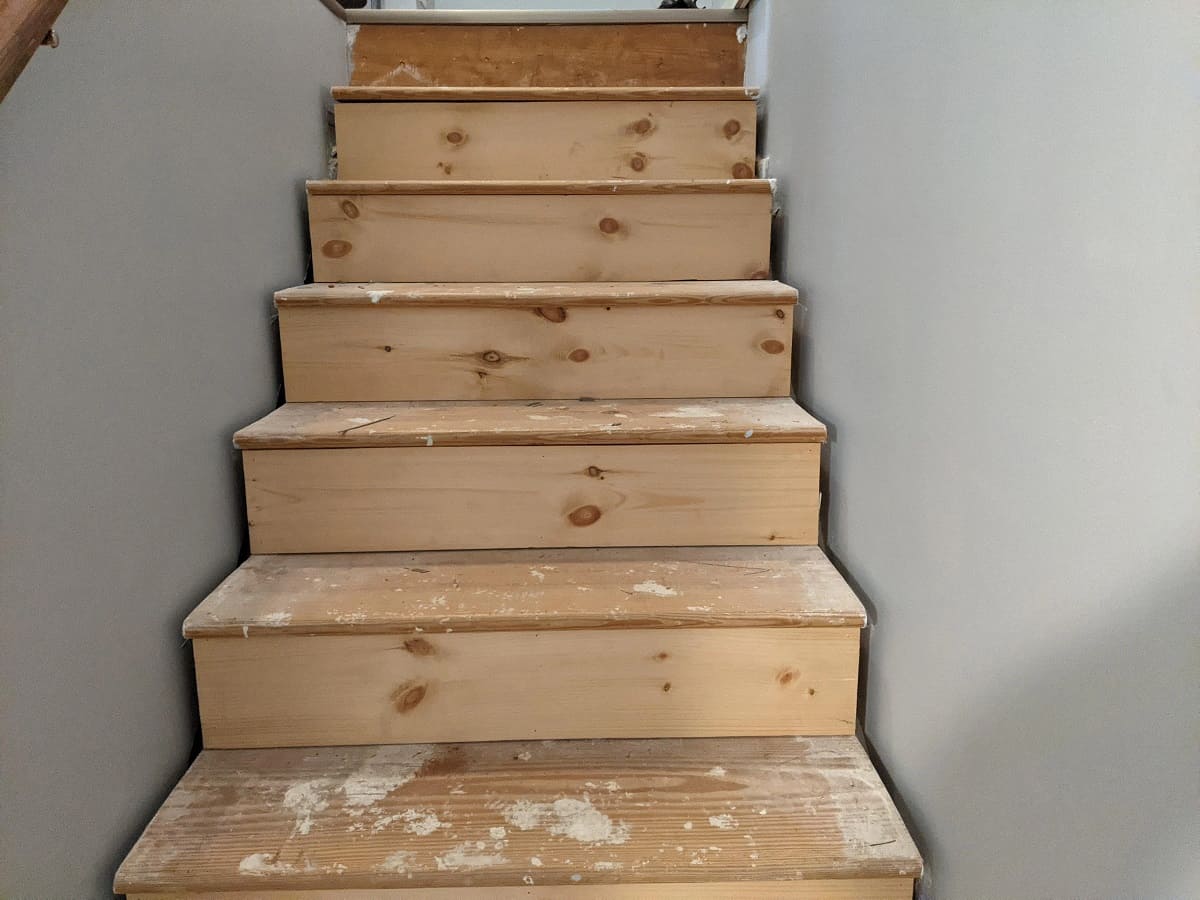
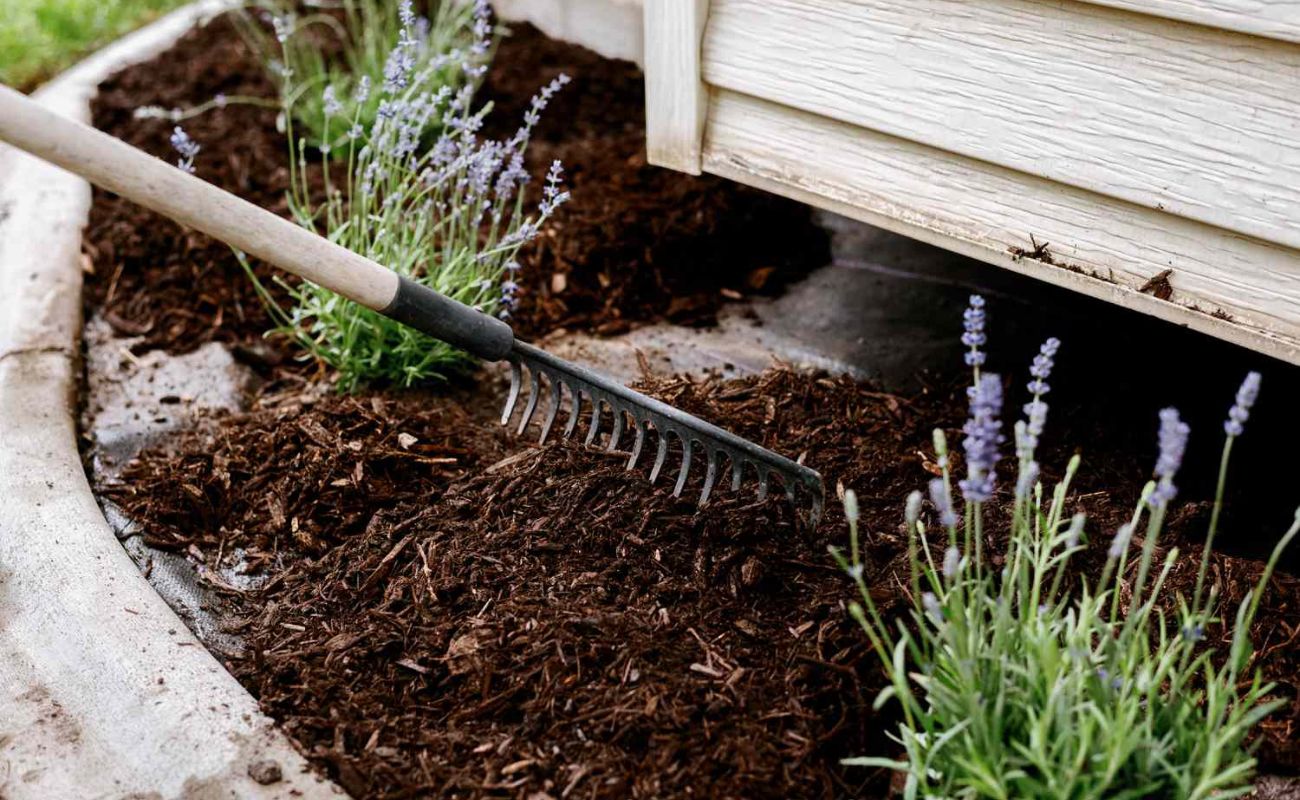
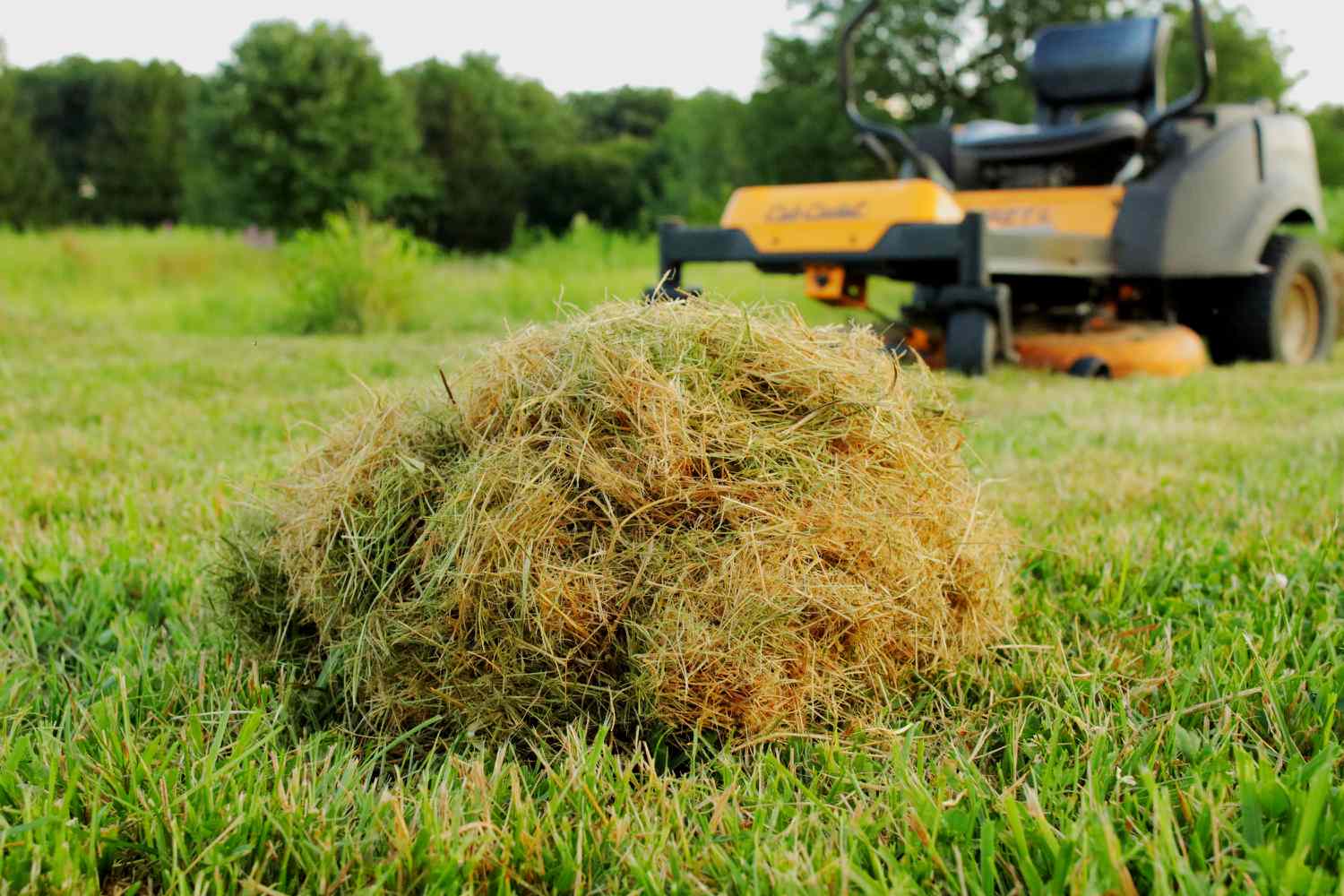
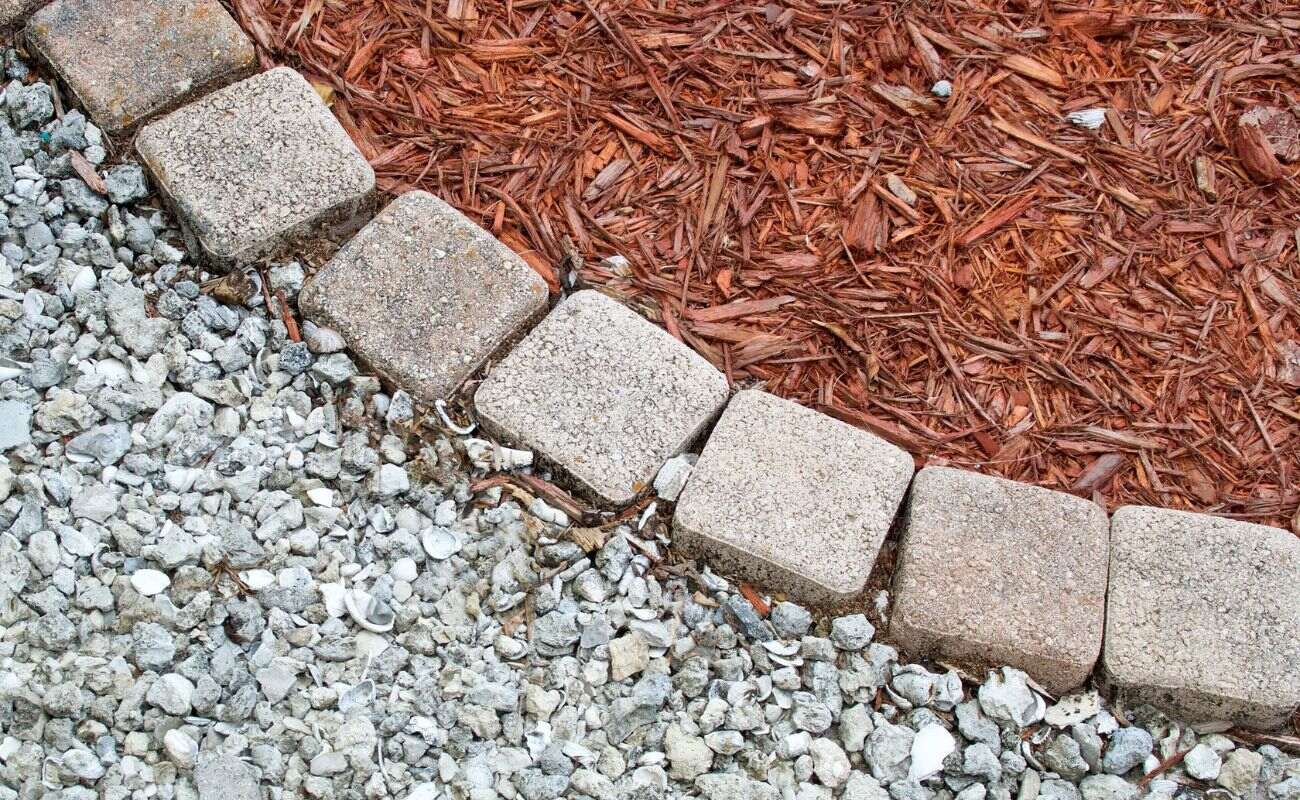

0 thoughts on “How To Separate Mulch From Grass”